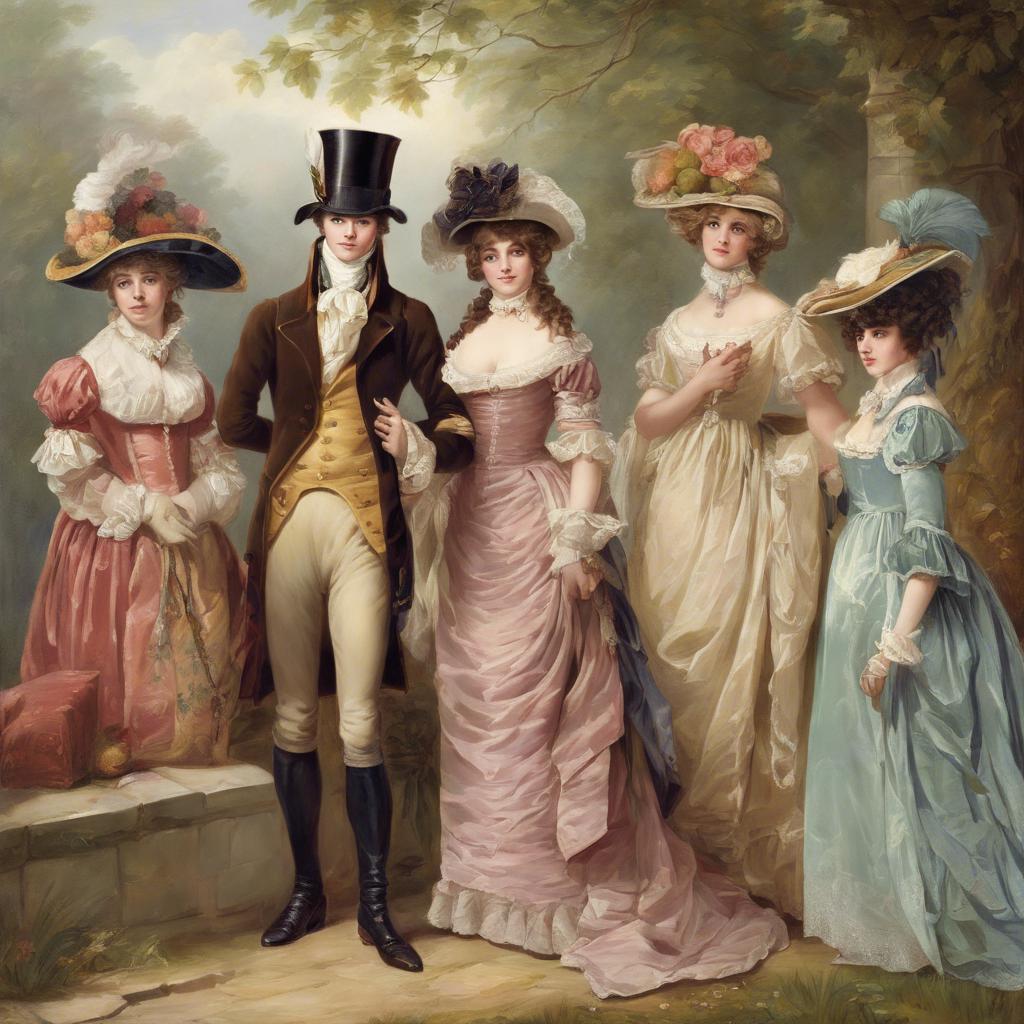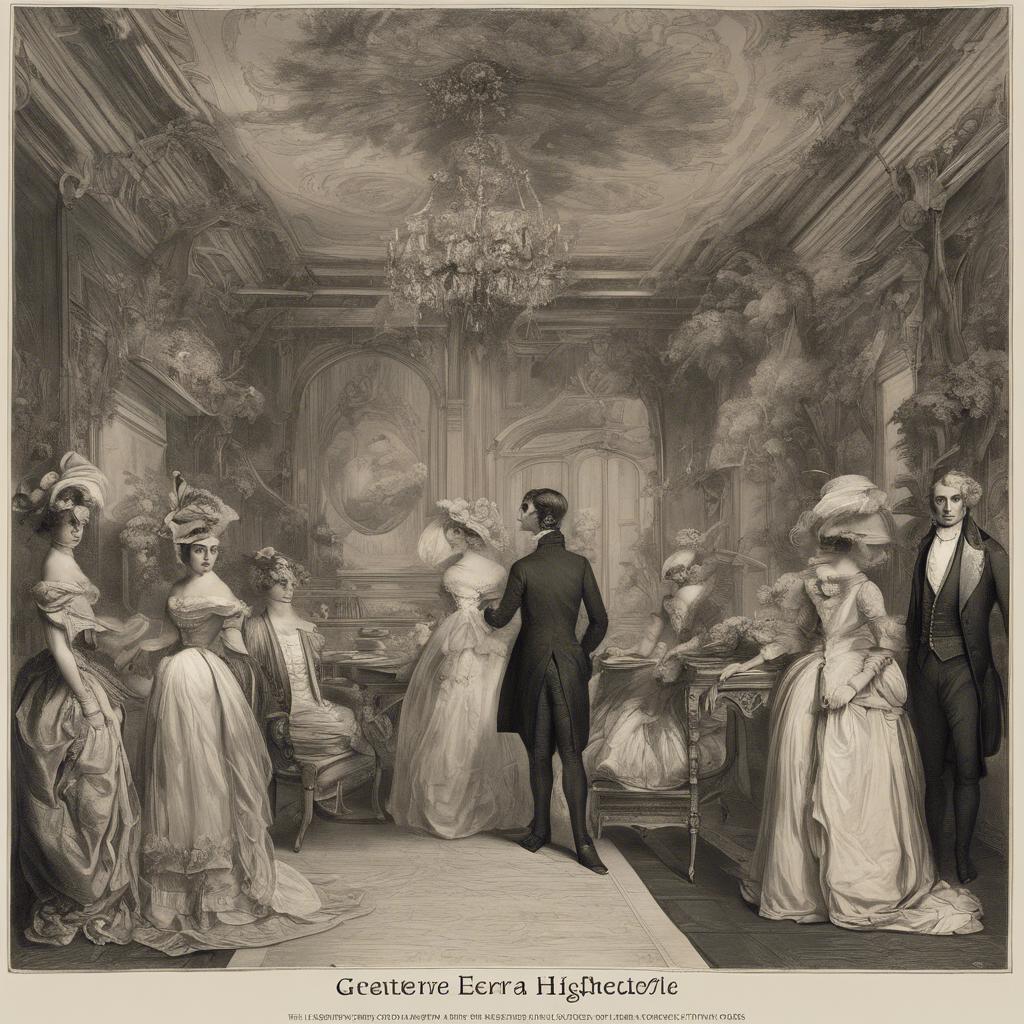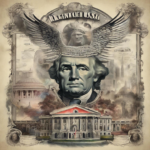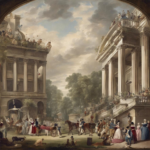During the Regency era in 18th and 19th century England, the coming out age marked a significant milestone in a young person’s life. This traditional rite of passage held great importance within the aristocratic society, signifying a transition from adolescence to adulthood. In this article, we will explore the customs, expectations, and social implications surrounding the Regency era coming out age, shedding light on a fascinating aspect of historical British culture.
Step Into the World of Cheryl Bolen
Dive into the enchanting stories of love, intrigue, and elegance set in the Regency Era. Cheryl Bolen's novels offer timeless romance and captivating tales that will leave you wanting more.
Explore Cheryl Bolen's Books Now
The Regency Eras Tradition of the Coming Out Age
The Regency era in England, spanning from 1811 to 1820, was a time of strict social norms and etiquette. One of the traditions during this period was the Coming Out Age, where young men and women from the upper classes were formally introduced into society.
For young women, their coming out age typically occurred around the age of 18. It was a significant event marked by debutante balls and presentations at court. These young women were officially ready to be courted by eligible bachelors and considered potential brides.
On the other hand, young men had their coming out age around the age of 21. During this time, they were expected to enter the social scene, attend events, and potentially start looking for a suitable wife. It was a rite of passage into adulthood and the responsibilities that came with it.
Navigating Societys Expectations and Pressures during the Regency Era Coming Out Age
The Regency Era was a time of strict societal expectations and pressures, particularly when it came to the coming out age of young men and women. During this period, individuals were expected to conform to the norms and values of their social class, and any deviation from these expectations could lead to scandal and social ruin.
For young women, the coming out age marked their official entry into society as eligible for marriage. They were expected to be well-groomed, well-mannered, and well-educated in order to attract suitable suitors. The pressure to find a wealthy and titled husband was immense, and any misstep could result in being labeled as undesirable or unworthy.
On the other hand, young men were expected to establish themselves as respectable and successful members of society. They were often judged based on their lineage, wealth, and achievements, and were expected to uphold the values of honor, duty, and prestige. Failure to meet these expectations could result in being ostracized from their social circle or being deemed unfit for marriage.
Etiquette, Fashion, and Social Conventions: A Guide for Young Men and Women in the Regency Era
In the Regency era, the coming out age for young men and women was a crucial milestone in their social lives. This age typically ranged from 16 to 18, marking the transition from adolescence to adulthood. During this period, young people were formally introduced to society through debutante balls and social events, where they would make their debut and begin their search for a suitable marriage partner.
For young women, the coming out age was a time of great excitement and anticipation. It was an opportunity to showcase their grace, beauty, and social skills to potential suitors. Women would often wear elaborate gowns made of fine fabrics like silk and satin, adorned with intricate lace and embroidery. Hairstyles were typically styled in elegant updos, adorned with ribbons and flowers. Proper etiquette was of utmost importance during this time, with young women expected to be demure, well-mannered, and virtuous in the presence of others.
On the other hand, young men in the Regency era were also expected to adhere to strict social conventions during their coming out age. They were expected to be well-groomed, well-spoken, and knowledgeable about a variety of topics, including politics, literature, and current events. Fashion for young men during this period often included tailored coats, trousers, and waistcoats made of fine fabrics like wool and silk. Accessories such as cravats, top hats, and walking sticks were commonly worn to complete the look.
Strategies for Successfully Making Your Debut in Regency Society
When navigating the intricate world of Regency society, it is crucial to employ certain strategies to ensure a successful debut. Here are some tips to help you make a memorable entrance into this refined era:
Dress to Impress:
- Invest in high-quality fabrics such as silk and lace
- Choose pastel colors and delicate patterns
- Accessorize with gloves, a fan, and a delicate parasol
Polish Your Etiquette:
- Practice proper posture and graceful movements
- Master the art of conversation and witty banter
- Adhere to social norms and customs, such as curtseying and addressing elders with respect
| Network Wisely: | Stay informed about upcoming social events |
| Attend balls and soirees to make valuable connections | Seek introductions from influential figures in society |
| Cultivate genuine relationships with peers and elders | Use your charm and wit to make a lasting impression |
Insights and Conclusions
The Regency era coming out age was a significant time in history when young individuals were formally introduced into society and prepared for their future roles as adults. As we look back on this period, we can appreciate the customs and traditions that shaped the lives of young men and women during this time. The rituals and expectations surrounding coming out helped to forge lasting connections and create a sense of belonging within the upper echelons of society. Though the practices of the Regency era may seem outdated to us today, they serve as a reminder of the importance of traditions and rituals in shaping our identities and relationships. As we continue to study and reflect on this fascinating period in history, we gain a deeper understanding of the complexities of human behavior and the ways in which society has evolved over time.


